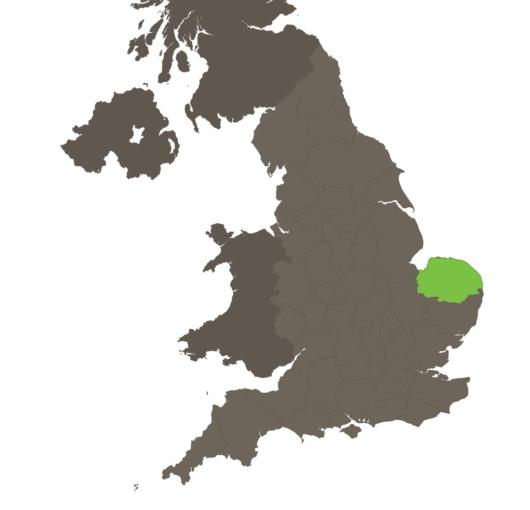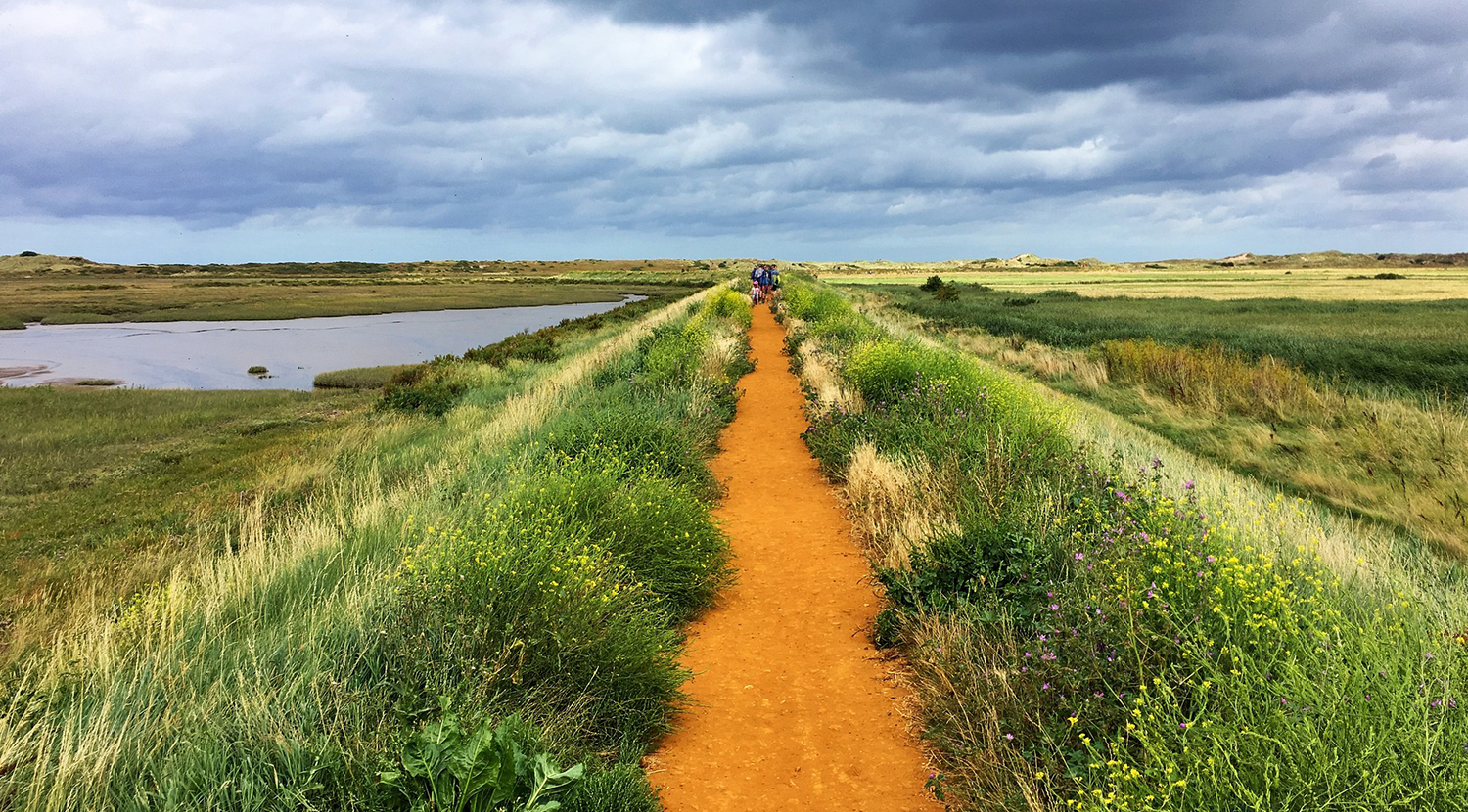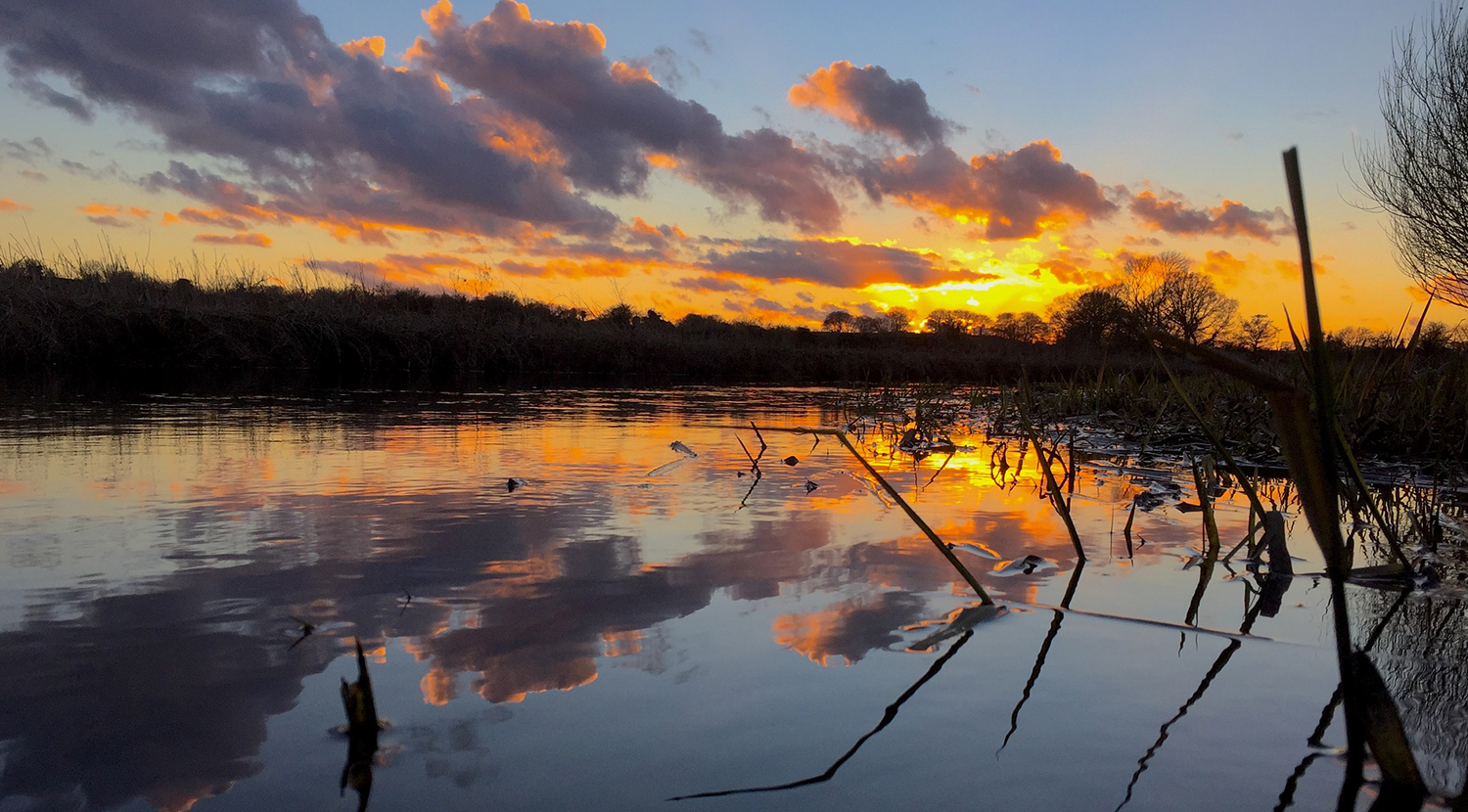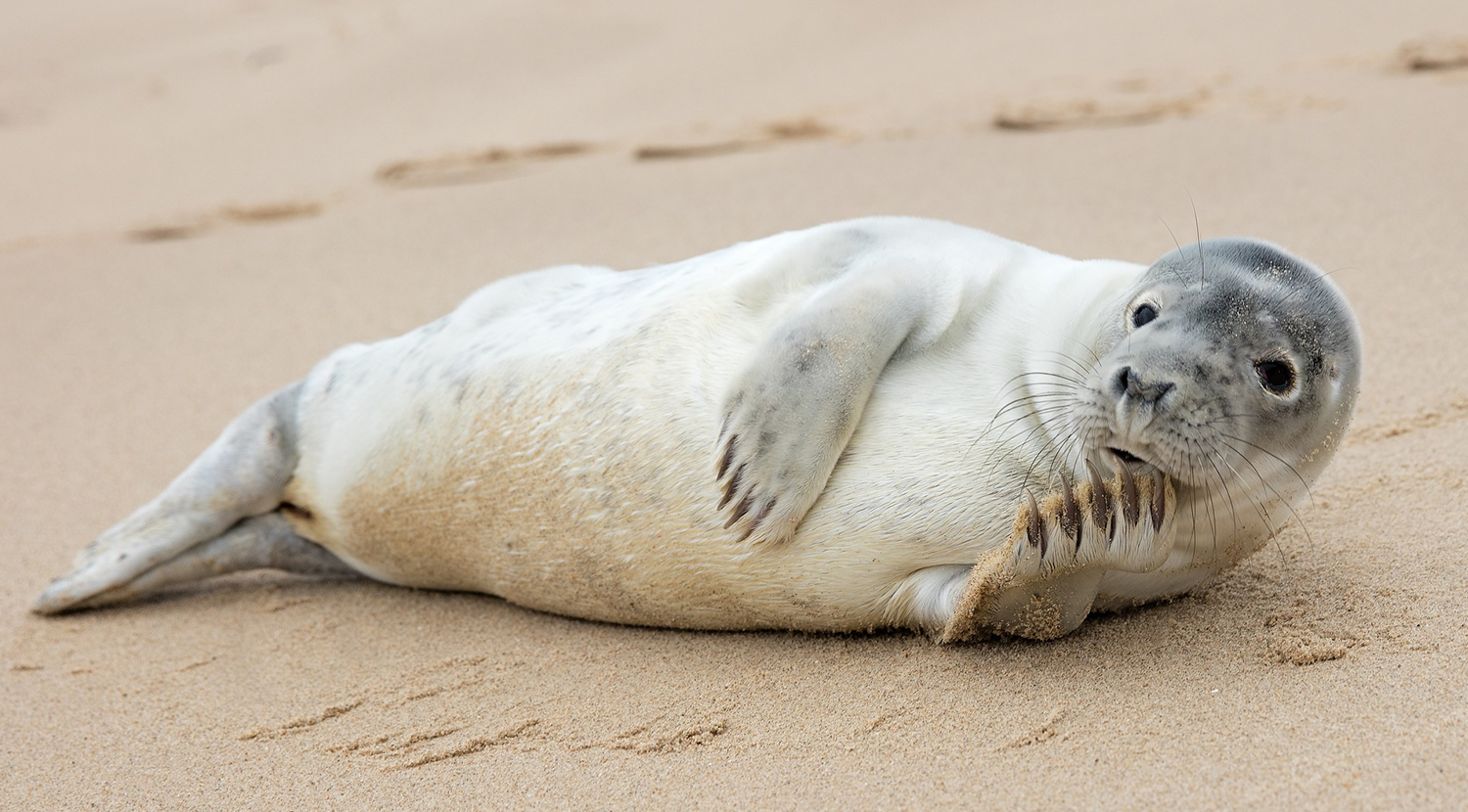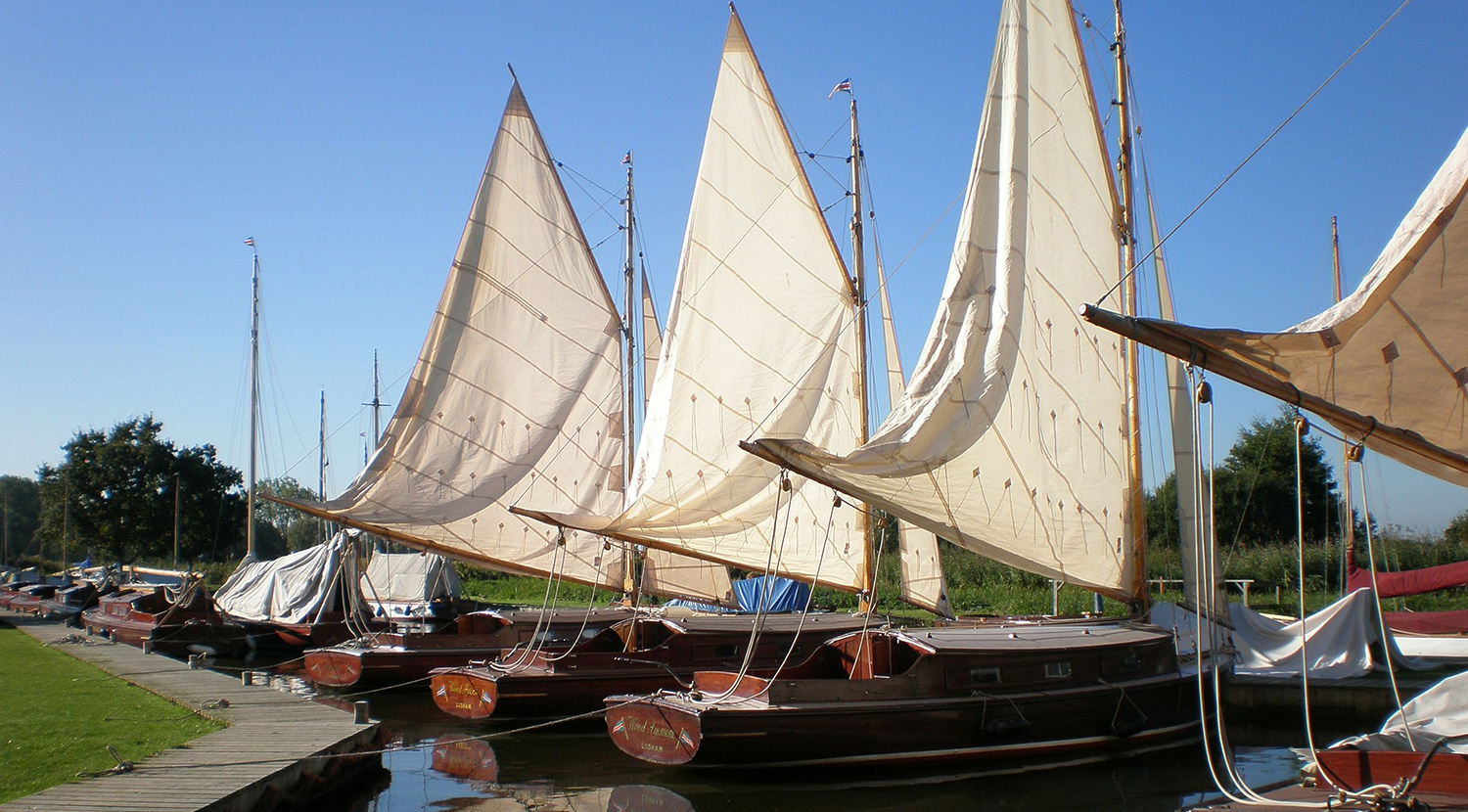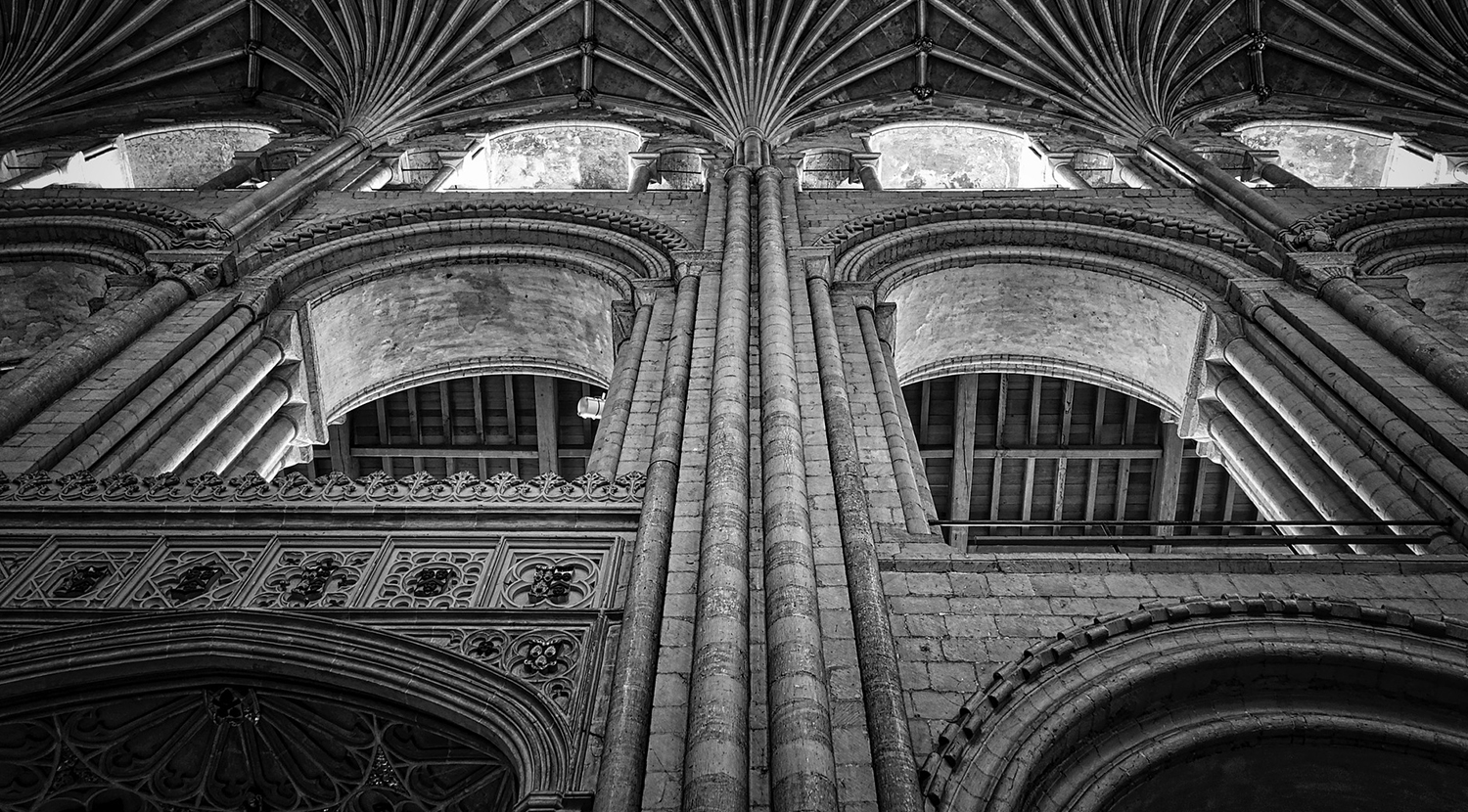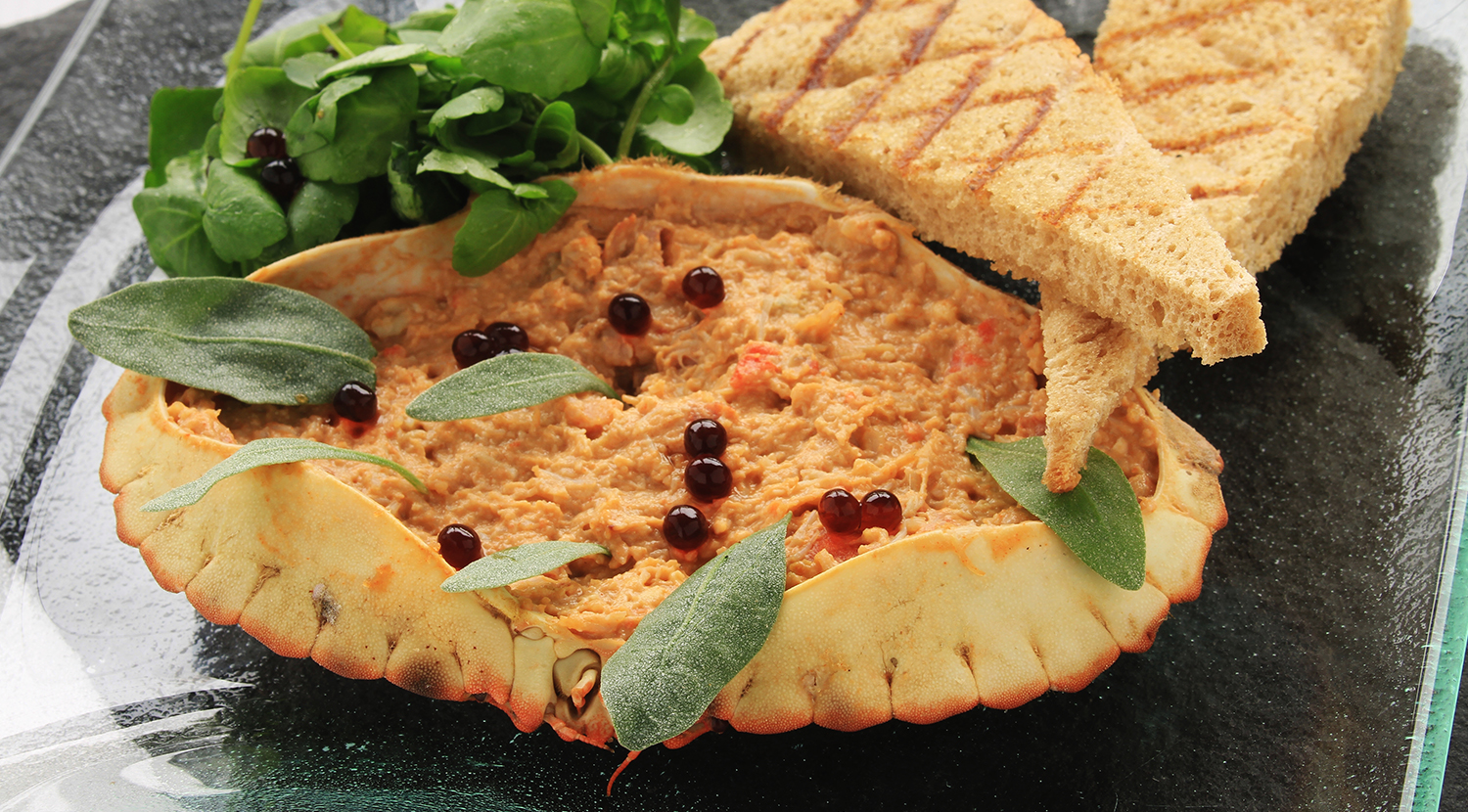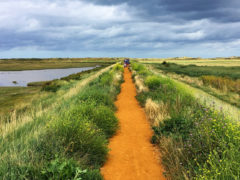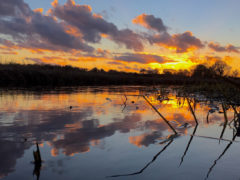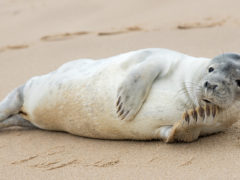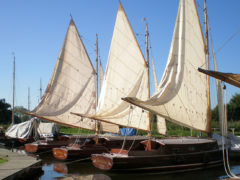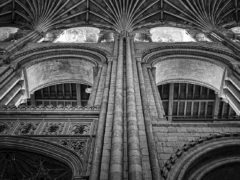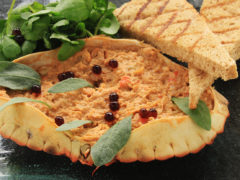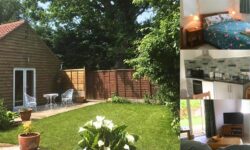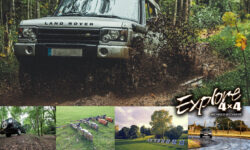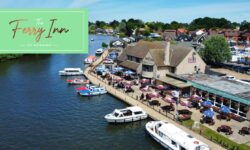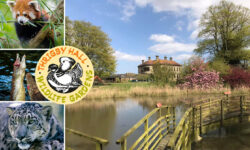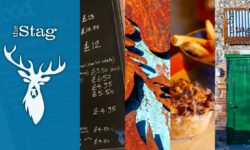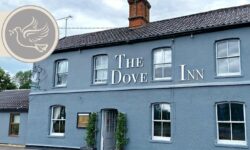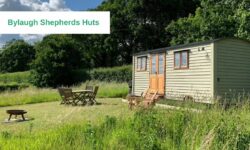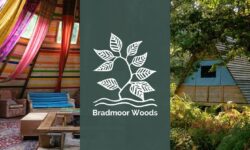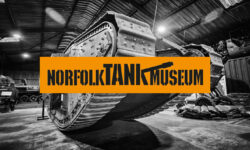Norwich is the county’s only city and as well as being home to the University of East Anglia and Norfolk’s only professional football team, Norwich City, features many attractions such as the Norwich Castle and Museum, Castle Mall shopping centre, the Sainsbury Centre for Visual Arts, Norwich Cathedral and “Norwich Lanes”, a pedestrianised area notable for eateries and independent retailers.
The Norfolk coast, an Area of Outstanding Natural Beauty, is home to many spectacular beaches such as Brancaster, Horsey, Winterton-on-Sea, Mundesley, Wells-next-the-Sea, Sheringham and Cromer. Of note is Cromer Pier – a 151-metre-long Victorian pier containing a working theatre. Near to Cromer is the National Trust property of Felbrigg Hall with the ever impressive Blickling Hall not too far away.
The resorts of Great Yarmouth and Hunstanton offer a wide variety of traditional seaside entertainment. Great Yarmouth has many museums, a mile-long promenade, amusements, the Britannia Pier and Pleasure Beach with over 70 rides and attractions but also remains a working port supporting the burgeoning offshore windfarm industry. Hunstanton offers a range of family entertainment and the popular Sea Life Sanctuary.
Holme-next-the-Sea marks the beginning of two long distance footpaths; the Peddlars Way, a 46 mile stretch to Knettishall Heath and the North Norfolk Coast path a 44-mile route to Cromer.
Holkham Bay boasts a beautiful sandy beach just a short walk from Holkham Hall an 18th century house in a 25,000-acre estate including deer park, walking and cycling trails and boat hire. The estate also houses a giftshop, café, walled garden and exhibits. Also at Holkham, you will find the Holkham National Nature Reserve featuring a range of important habitats and providing a haven for flora and fauna alike, including orchids, grassland and migrant birds.
Owned by Queen Elizabeth II, Sandringham House is an 18th century property covering 20,000 acres. The house, containing a museum and 650 acres of garden and country park are open to the public.
The man-made Norfolk Broads cover 40 inland Broads linked by 125 miles of rivers and waterways and form the UK’s largest nationally protected wetland. The area attracts wildlife and visitors in large numbers. The easiest way to explore the Broads is by boat – the Broads are lock free and there are many places that hire boats and cruisers. The Broads are split into Northern Broads and Southern Broads which extend into neighbouring Suffolk and the Waveney Valley. The North Broads include the River Bure, the lively village of Wroxham, River Thurne – Norfolk’s shortest river and Hickling Broad.
Norfolk Showground hosts a range of annual events, from the well-established County Show in June, to the Norfolk Festive Gift and Food Show with over 250 stalls.
